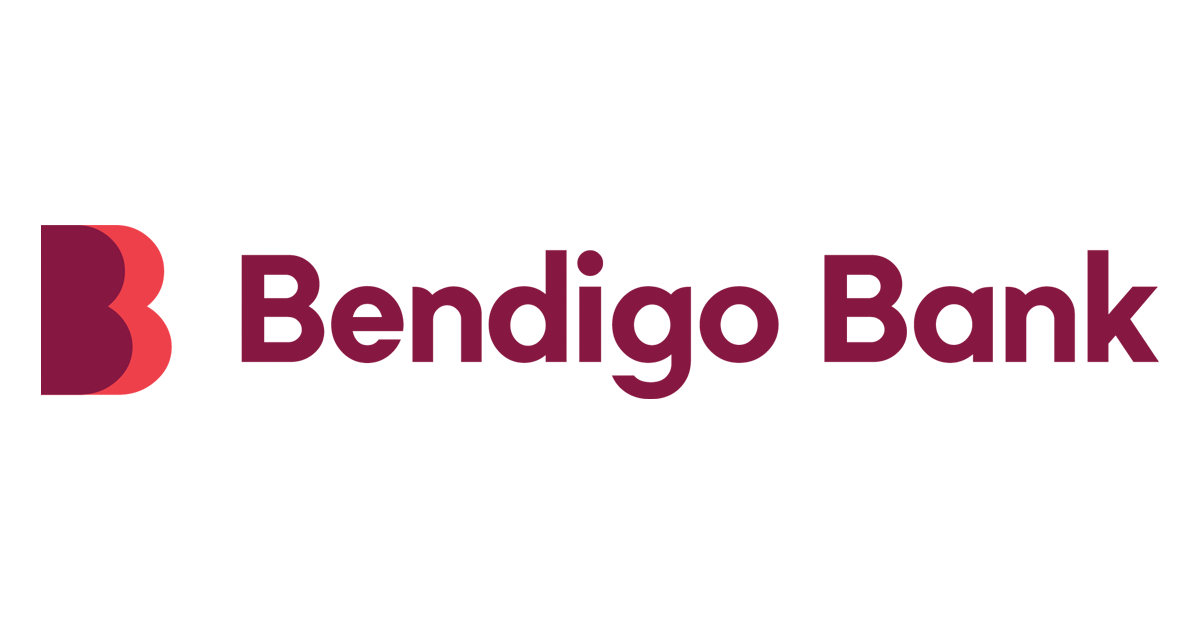As housing prices continue to surge across Australia, having enough to pay a 20% deposit on a property is becoming increasingly difficult. The average 20% deposit for a home has grown from just over $70,000 in 2015 to almost $113,000 in 2025.
That’s seen the Big Four banks take on a massive number of home loans requiring lenders mortgage insurance (LMI), making up just over 65% of all mortgages on their books in Victoria and more than 59% of their NSW home loans. So, is it something you’ll have to pay when you come around to buying your property, or will you be able to avoid it?
What is LMI and how does it work?
LMI is an insurance policy taken out by lenders on home loans with a deposit of less than 20%, or over 80% loan to value ratio (LVR). LVR is, as the name suggests, a calculation that shows what percentage of your property’s value you’re borrowing. In simple terms, it’s the inverse of your deposit percentage: if you have a 15% deposit, your LVR will be 85%.
The reason LMI is charged on loans with smaller deposits is because they’re deemed riskier than those with an LVR of 80% or lower. The lender stands to lose more if the borrower is unable to keep up with their repayments. The policy is paid with a one-off premium, with the cost being passed on to you when you first take out your home loan.
How much is lenders mortgage insurance?
The cost of LMI is determined by a variety of factors specific to you, your home loan and your lender. Here are some of the variables that’ll impact the cost of your LMI bill:
- The size of your loan: bigger loan amounts will lead to higher LMI costs.
- Your loan’s LVR: the less you stump up as a deposit, the more you’re likely to pay as an LMI premium.
- Whether you’re a first home buyer: you’ll generally be charged less as a first-time buyer than you will be if you’ve owned a home before.
- Whether you’re buying an investment property: because investment properties are considered riskier than owner-occupied loans, given there may be irregular occupancy, you’ll pay more in LMI.
- Property location: depending on the suburb, city or town you’re buying in, LMI may change to account for specific risk factors.
The following table shows estimates of LMI for different loan sizes and deposits:
| Property value | LMI for 85% LVR | LMI for 90% LVR | LMI for 95% LVR |
|---|---|---|---|
| $500,000 | $4,713 | $8,680 | $14,872 |
| $750,000 | $8,079 | $16,605 | $29,943 |
| $1,000,000 | $10,772 | $22,140 | $39,924 |
| Calculations based on a 30-year owner-occupied home loan for a first-time buyer and made with Helia’s LMI fee estimator. These are for illustrative purposes only and do not necessarily reflect the cost of LMI in your situation. | |||
How do I pay for LMI on my home loan?
There are two ways to pay for your LMI: either upfront with cash or by bundling the cost into your home loan. It may be difficult to pay the lump sum on top of your home deposit, but bundling it into your home loan means you’ll end up paying a small amount more in interest. You can see how this works for a $600,000 home loan here:
| LMI | LVR | LMI cost | Fortnightly repayment | Total interest + LMI |
|---|---|---|---|---|
| Paid upfront | 85% | $7,604 | $1,572 | $633,435 |
| Bundled into loan | 85% | $7,604 | $1,592 | $633,763 |
| Paid upfront | 90% | $14,760 | $1,572 | $640,591 |
| Bundled into loan | 90% | $14,760 | $1,610 | $641,227 |
| Paid upfront | 95% | $25,215 | $1,572 | $651,046 |
| Bundled into loan | 95% | $25,215 | $1,638 | $652,132 |
|
Paid upfront Bundled into loan Paid upfront Bundled into loan Paid upfront Bundled into loan |
|
85% 85% 90% 90% 95% 95% |
|
$7,604 $7,604 $14,760 $14,760 $25,215 $25,215 |
|
$1,572 $1,592 $1,572 $1,610 $1,572 $1,638 |
|
$633,435 $633,763 $640,591 $641,227 $651,046 $652,132 |
Calculations based on a 30-year home loan at 5.50% p.a. for a first-time buyer. LMI calculations are estimates only and may be different to what you’re charged on your home loan.
How to get an LMI waiver in Australia
There are several ways to avoid paying LMI on your home loan, even if your deposit is below 20% of the purchase price.
Australian Government 5% Deposit Scheme
Formerly known as the First Home Guarantee, the revamped Australian Government 5% Deposit Scheme offers eligible applicants a government guarantee on home loans with deposits below 20%. This means you won’t have to pay LMI as a first-time home buyer with a deposit as low as 5%, while this drops to a minimum of 2% for single parents or legal guardians.
Unlike previous iterations of the program, where there was a limit on the number of spots available and income caps that factored into eligibility, the criteria have now been broadened. Places are unlimited and income is no longer capped, so anyone buying their first home with a small deposit can do so without needing to pay LMI (provided they meet all the eligibility requirements).
Applying for a home loan with a guarantor
A guarantor is a parent, grandparent or another close relative who agrees to provide additional security for your home loan. They provide the necessary equity in their home to bring your deposit up to 20%, therefore avoiding the need for LMI to be charged. For example, if you had a 5% deposit saved up for a $500,000 home loan, which is $25,000, your guarantor could provide the remaining 15% ($75,000) in home equity to secure the deposit.
Your guarantor isn’t required to be involved in the repayment of your home loan, but if you become unable to keep up with your repayments, your lender will pursue your guarantor to continue paying the loan. You should consider your guarantor agreement carefully and how it may affect your family dynamic if things go pear-shaped.
Work in an eligible profession
You might not need to do anything if you have a job that qualifies for an LMI waiver. Each lender will have its own list of professionals that can automatically qualify for an exemption from LMI charges, but they generally fall into three categories:
- Medical professionals: this can include anaesthetists, GPs, obstetricians, pharmacists, psychiatrists and surgeons
- Accounting/financial professionals: this is primarily reserved for accountants, but certain financial analysts may qualify
- Legal professionals: lawyers (including barristers and solicitors), judges and magistrates can all qualify for LMI waivers
Choose a lender with different LMI limits
Some lenders choose not to charge LMI on all loans above 80% LVR. For example, as of November 2025, ubank’s cap for LMI is 90%, meaning you get an extra 10% leeway before you’ll need to fork out for LMI. Whether you’re comparing options yourself or going through a mortgage broker, it’s important to flag this, as it could be a simple way to avoid having to pay LMI.
"If you aren’t a first-time buyer or meet any of the other requirements to have LMI waived, it’s more helpful to view it as your ticket to home ownership. It can be an expensive ticket, sure, but many prospective buyers simply can’t keep up with the rate of growth in the housing market today. Paying LMI is becoming the new norm for families moving into their forever home."

LMI might be the tool you need to get on the property ladder























